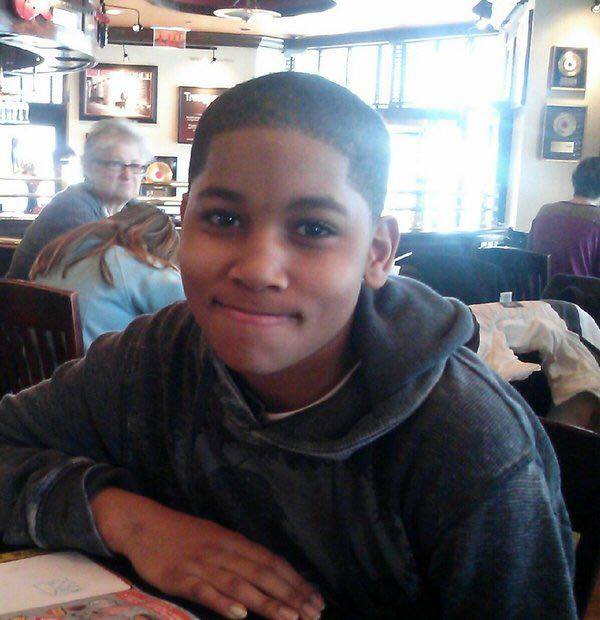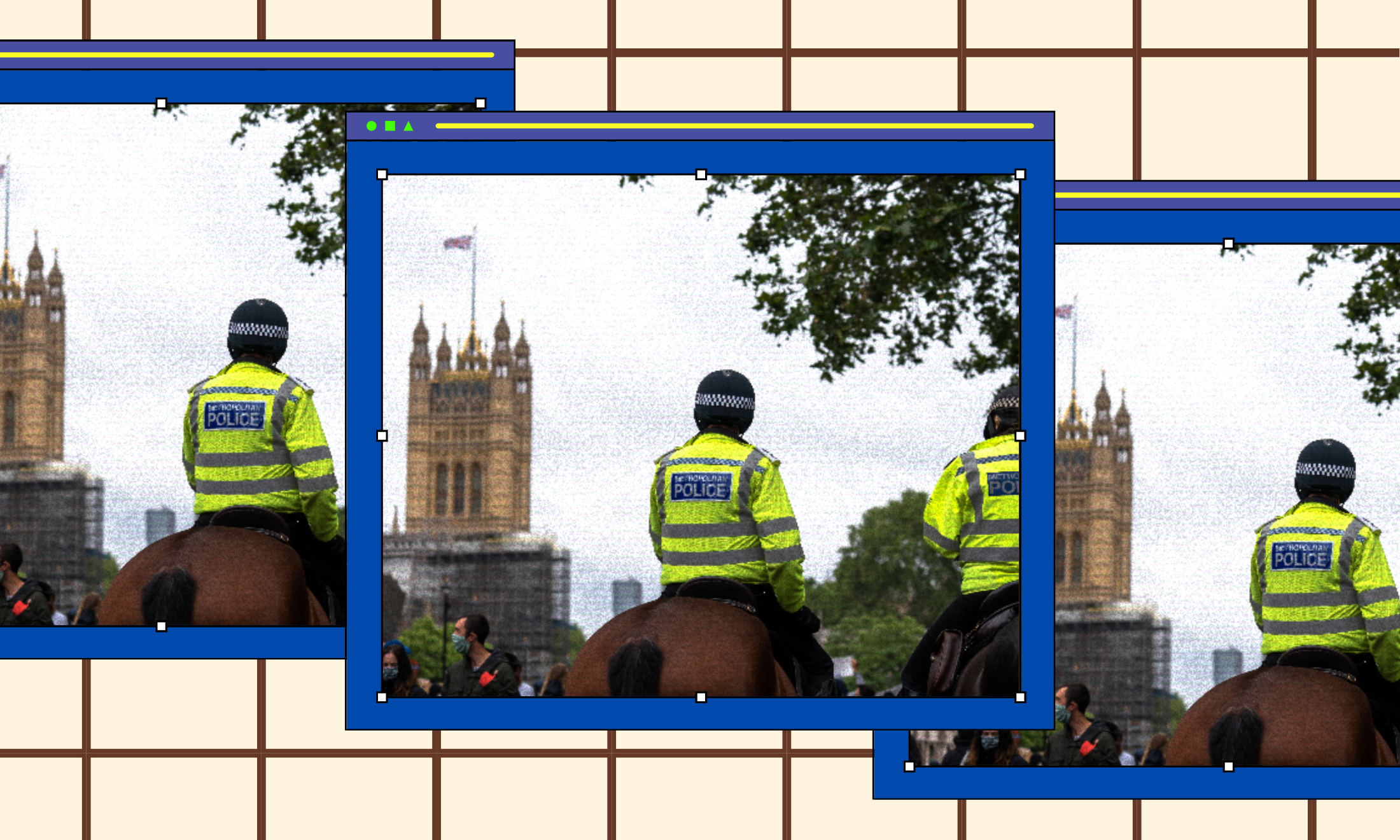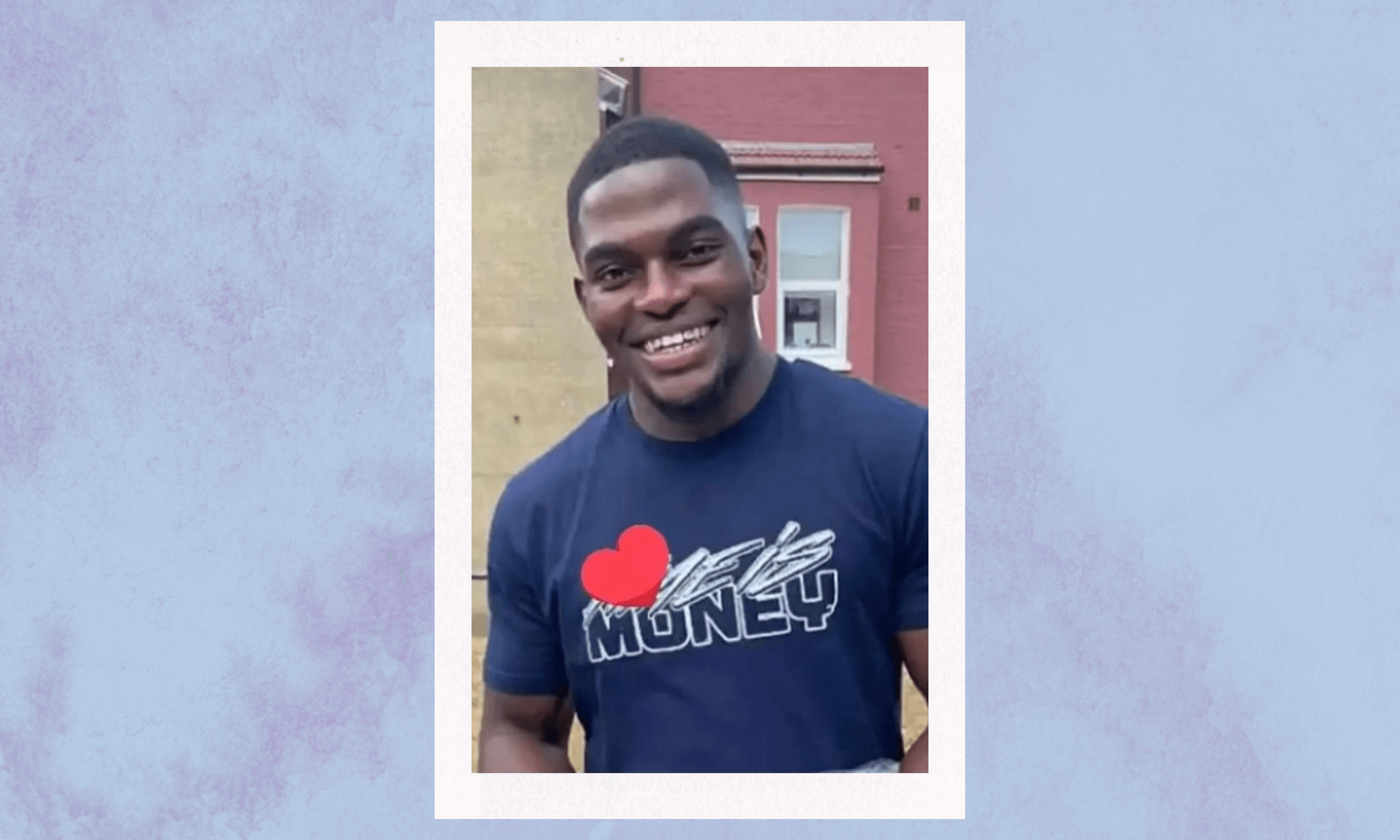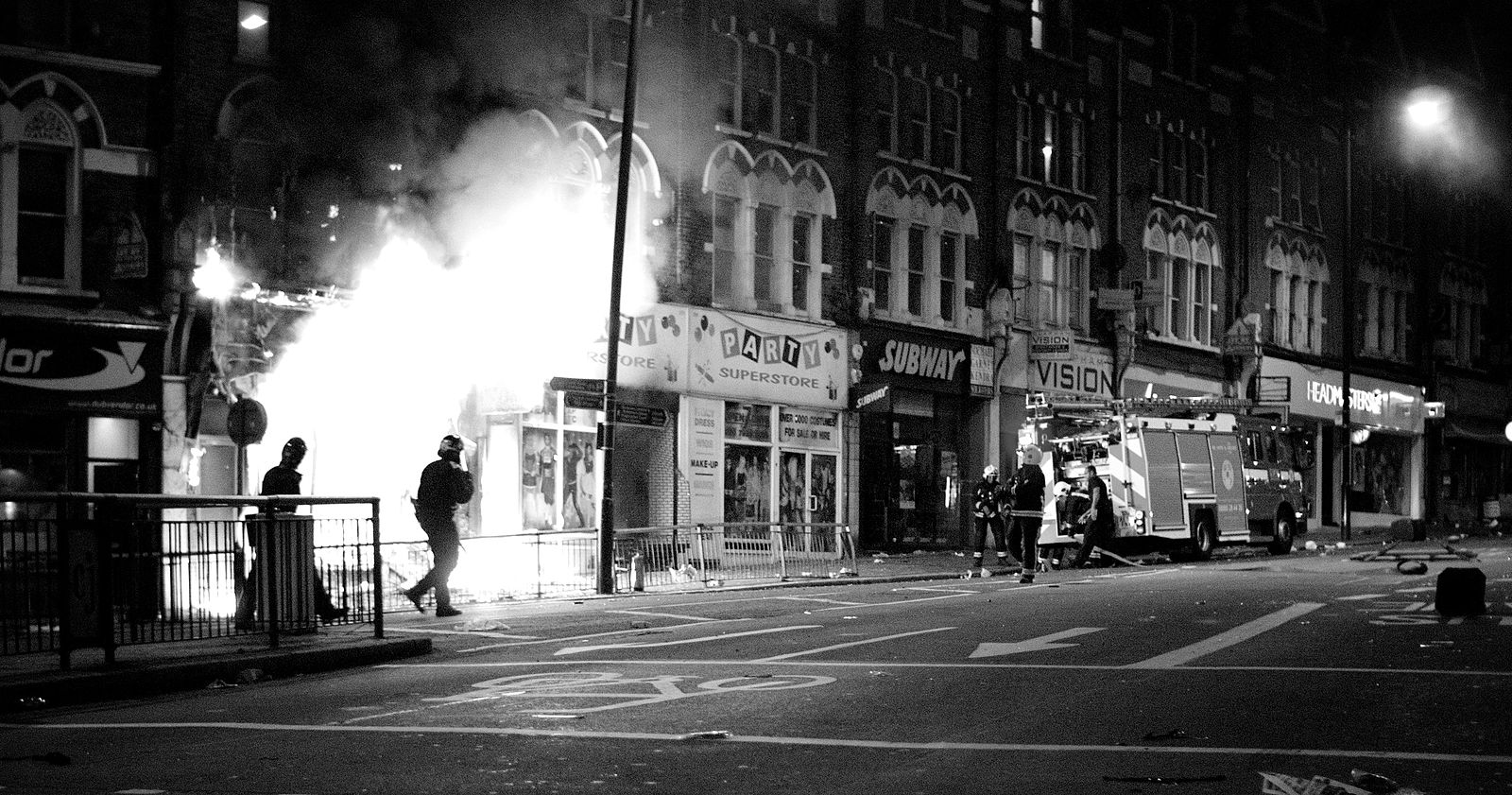
On 22 November 2014, Tamir Rice, a 12-year-old black boy was playing with a toy gun in a park in Cleveland. Shortly, two police officers sped to the site, responding to a “potential active shooter situation”. Less than two seconds after arriving at the park, one of the officers opened fire on Tamir. He died the next day. More than a year after the shooting, a grand jury declined to indict said officer.
For a second, let’s try to forget about the manner in which Dylann Roof, a white American male killed nine African Americans at a Charleston church shooting in June of this year in hopes of “igniting a race war”. He was arrested and is awaiting trial. He was not fatally shot when approached by police.
Let’s attempt to skim over the case of James Holmes, a white American male, who was convicted on 24 counts of murder and 140 counts of attempted murder at a Colorado movie theatre in 2012. He was arrested and sentenced. He was not fatally shot when approached by police.
We may as well add James Loughner to this ever-growing list of white American male mass shooters. In 2011, he pleaded guilty to 19 charges of murder and attempted murder including a US Representative, a Chief US District Court Judge and a 9-year-old bystander. He was arrested and sentenced. He was not fatally shot when approached by police.
Tamir Rice lost his life over a toy pellet gun.
And the worst part is that we live in a world where some, including the city of Cleveland, have attempted to place blame with Tamir and his family for his part in his own death: his size made him look much older, he was warned that his pellet gun might get him into trouble that day, why was his mother even allowing him to play with a toy gun, and lastly, “if the colour and design of Tamir’s pellet gun had screamed toy, then the call that set this tragedy into motion may have never happened” – words straight from the mouth of a Cuyahoga county prosecutor at a press conference. These are statements and questions that have been made in the wake of Tamir’s death which look to shift responsibility back to the black community, rather than place it directly in the hands of the officer who shot him; an officer deemed unfit for duty in 2012.
As the grand jury decision hit the news, Twitter exploded with support for the Rice family along with disbelief and pain. As I scrolled through my feed, I couldn’t help but shed a number of tears, fuelled simultaneously by sadness, anger, and weariness. Why? Because the overwhelming feeling from black Twitter users was that he could’ve been their brother; he could’ve been their son. And it’s true.
I know that if my family and I suddenly decided to move to America tomorrow, I would be perpetually in fear for the safety of my two younger brothers – both are about 6ft tall, very dark and have a penchant for comfy hoodies. Sure, I could ensure that they didn’t wear hoodies when going outside of the house. But what about their height? Should I cut off their legs? What about their skin? Should I bleach it? There will always be some kind of feature or characteristic that will be perceived as “threatening” and there’s only so much I would be able to do to protect them and only so much they would be able to do to protect themselves.
The murder of Tamir Rice resonates so deeply with the black community because it hammers home the fact that it doesn’t matter that you might be a 12 year old child or that your greatest mistake was to own a toy gun. Your black skin has sealed your death warrant and, according to the lack of indictment, no one needs to answer for it.
As a complete stranger, I feel devastated by this ruling and cannot begin to contemplate the depth of emotion being experienced by the Rice family. My thoughts are with you and all the families of those who have been murdered by the police and are still waiting for justice.









